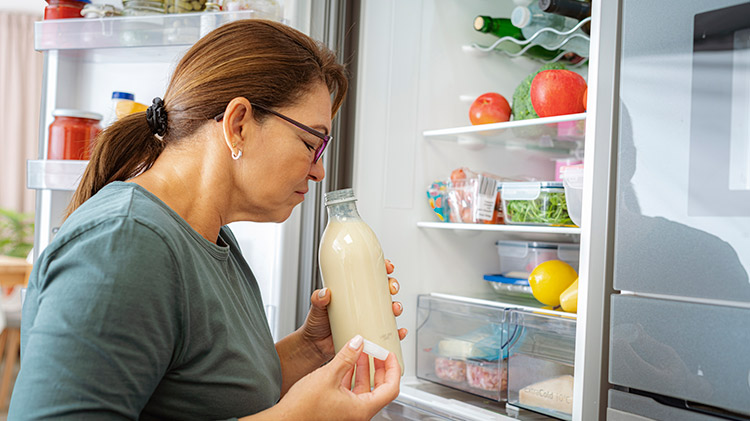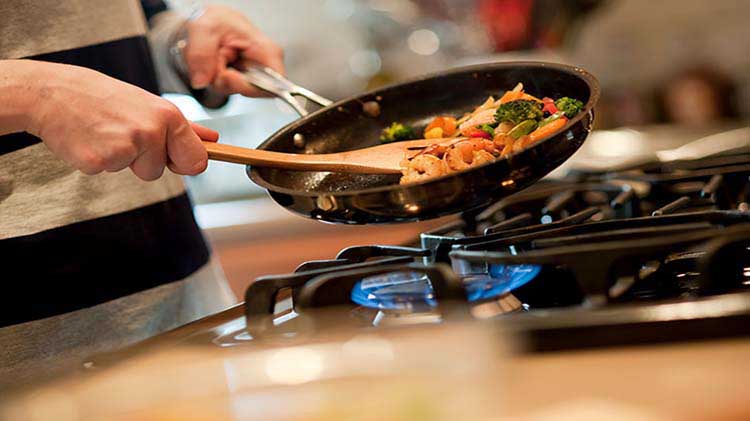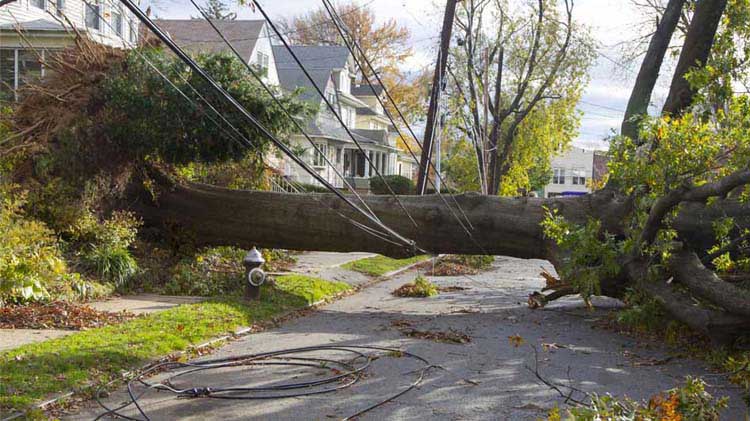Safety tips for food spoilage
Whether you’re experiencing a power outage or left food out for too long, here are some safety tips to help avoid consuming spoiled food.
To help protect yourself and your loved ones, educate yourself with the proper guidelines to follow when you suspect your food may have gone bad. Bacteria can spread at an alarming rate when left at room temperature, releasing toxins that, when ingested, can cause issues ranging from minor health concerns, like vomiting, to much more serious consequences. As a general tip, when in doubt, throw it out if you suspect your food may be spoiled.
What are some signs your food has spoiled?
Spoiled food may take on a different appearance or smell from when it’s fresh. This can be anything from a change in color or texture to a bad smell or an undesirable taste. For example, spoiled fruits and vegetables may get mushy, slimy and discolored while meat may develop a foul odor. While these can be good indicators, they aren’t always reliable, and you shouldn’t intentionally test whether something is spoiled by tasting it. To better determine what’s spoiled, use the amount of time it’s been left out as your guide.
How long does it take food to spoil at room temperature?
Wondering if the food left out for a while is salvageable? Consider the two-hour rule: If food has been left out for two hours, in temperatures at or above 40 degrees Fahrenheit, it's no longer safe to eat and should be thrown out. This also applies to cooking outdoors. If your cookout continues after the food is enjoyed, wrap up the leftovers and refrigerate them shortly after you’re done eating. While it may seem like microwaving or cooking the food is a good way to kill the bacteria, know that many harmful bacteria can survive those conditions.
How long does it take for food to go bad without power?
If you’re experiencing a power outage or appliance malfunction, there are some specific rules to take note of for both the fridge and freezer.
How long will food last in a fridge without power?
According to the Centers for Disease Control and Prevention (CDC), once the power goes out you have about four hours before refrigerated food is deemed unsafe for human consumption. If you’re unsure how long your fridge has been without power, to be on the safer side, go ahead and throw it out. Once the power goes back on, confirm your fridge is functional and hasn’t been damaged by a power surge before adding food back in. Your refrigerator should return to a temperature between 34 and 40 degrees Fahrenheit.
How long will food last in the freezer without power?
Frozen food is known for its ability to remain safe to eat for extended periods of time, but these circumstances change quickly when the items thaw. If your freezer stops functioning, your frozen foods might remain at a safe temperature for approximately 48 hours if the freezer is full, or 24 hours if it’s half full and the door remains closed. If you can get the food to remain at least 40 degrees Fahrenheit or below, or retain ice crystals until your freezer is working, you may be able to safely refreeze your food. However, dairy items like ice cream or frozen yogurt should be thrown out.
How to save foods and which can be saved?
Products from the fridge should be kept below 40 degrees Fahrenheit, while freezer products should be at 0 degrees Fahrenheit or below. With that said, different foods have different safety requirements, and some may need to be discarded regardless of the steps you take to save them. To know what to keep and what to throw away, the U.S. government’s FoodSafety.gov site details the specific requirements for common food types. If you’re home when a malfunction or outage happens, you can use a thermometer to keep track of the internal temperatures of your fridge and freezer as they increase; there may even be one built into your appliance.
Frozen ice packs or gel packs may be able to help you keep those temperatures steady, or if needed, bags of ice or dry ice are available at many grocery stores. You can also keep a cooler handy to put your food in with your ice or gel packs. As the cooler is likely to be smaller in volume, it can help keep the temperature lower for longer.
Can you claim spoiled food on insurance?
If your refrigerated products spoil because of a power failure or mechanical failure, you may be eligible to have those products covered by your insurance policy. Speak to your State Farm® agent to see if this applies to your situation.
Taking the proper precautions and knowing when to discard questionable food may help protect your health and help prevent the risks associated with spoiled food. Stay informed, follow the guidelines and when in doubt, throw it out.




